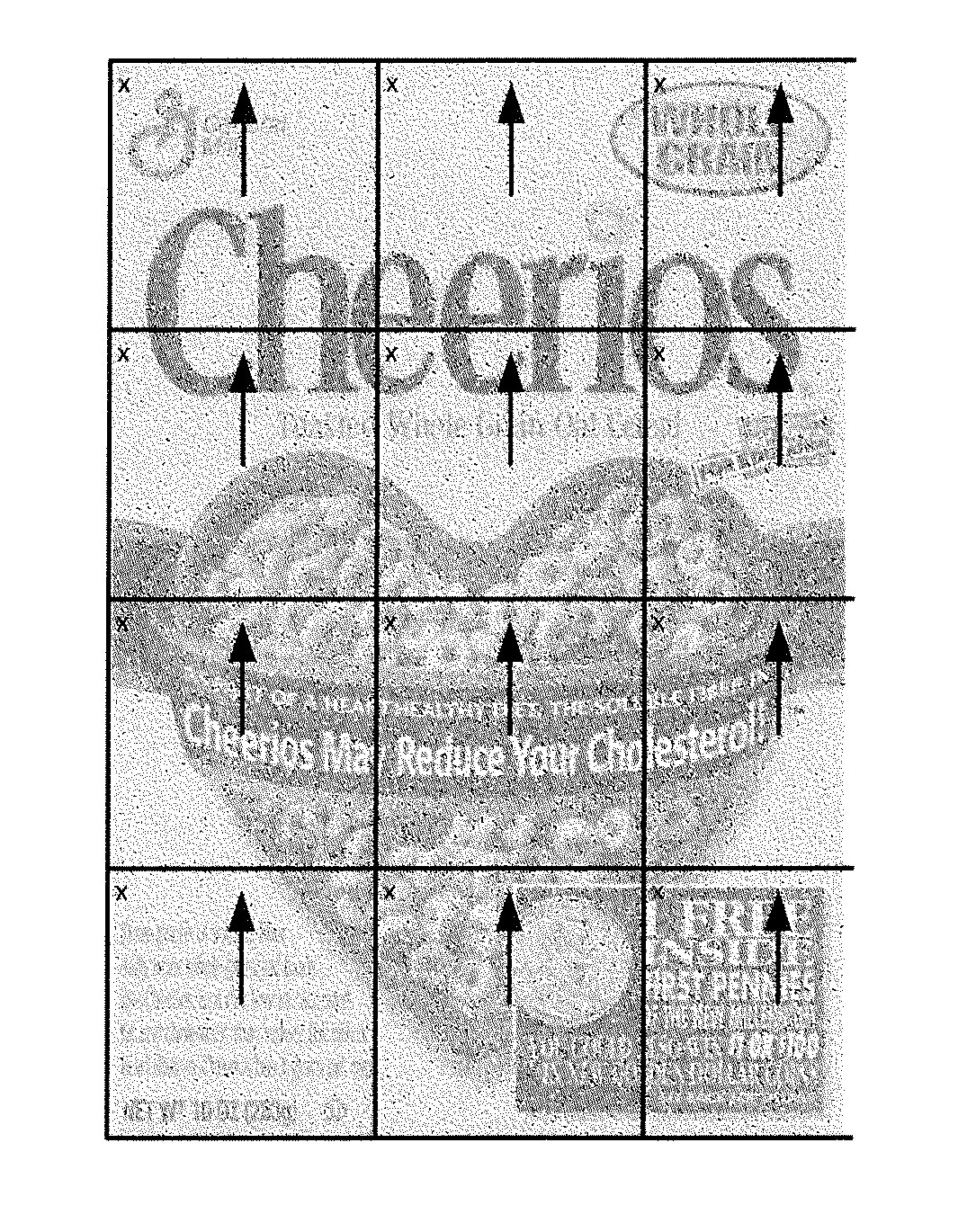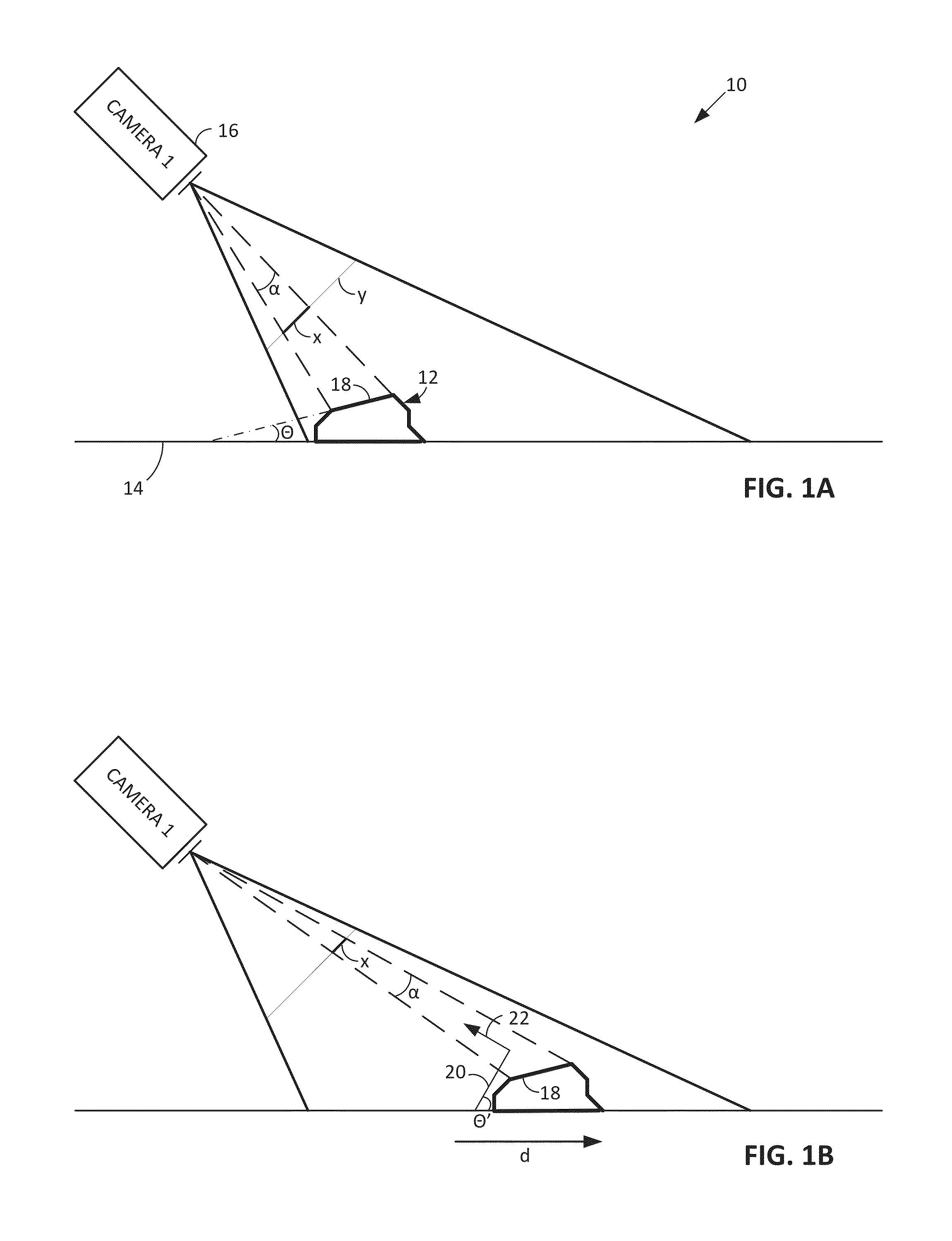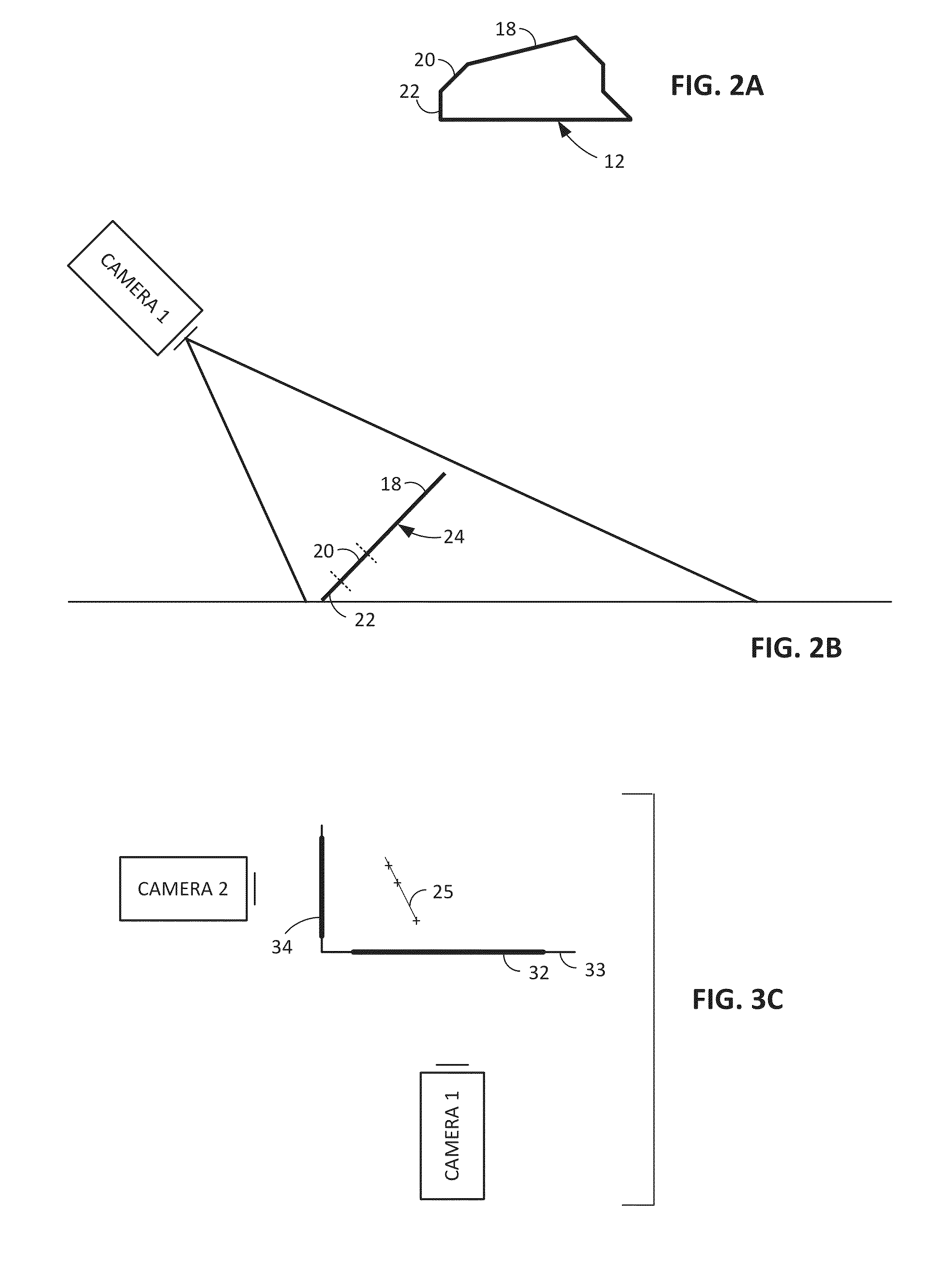Methods and arrangements for identifying objects
a technology for objects and methods, applied in the field of retail stores, can solve the problems of added costs for retailers, inconvenience for shoppers, and difficulty in finding a barcode on packages, and achieve the effect of increasing check-out speed and accuracy
- Summary
- Abstract
- Description
- Claims
- Application Information
AI Technical Summary
Benefits of technology
Problems solved by technology
Method used
Image
Examples
Embodiment Construction
[0078]Due to the great range and variety of subject matter detailed in this disclosure, an orderly presentation is difficult to achieve. As will be evident, many of the topical sections presented below are both founded on, and foundational to, other sections. Necessarily, then, the various sections are presented in a somewhat arbitrary order. It should be recognized that both the general principles and the particular details from each section find application in other sections as well. To prevent the length of this disclosure from ballooning out of control (conciseness always being beneficial, especially in patent specifications), the various permutations and combinations of the features of the different sections are not exhaustively detailed. Applicant intends to explicitly teach such combinations / permutations, but practicality requires that the detailed synthesis be left to those who ultimately implement systems in accordance with such teachings.
[0079]It should also be noted that ...
PUM
 Login to View More
Login to View More Abstract
Description
Claims
Application Information
 Login to View More
Login to View More - R&D
- Intellectual Property
- Life Sciences
- Materials
- Tech Scout
- Unparalleled Data Quality
- Higher Quality Content
- 60% Fewer Hallucinations
Browse by: Latest US Patents, China's latest patents, Technical Efficacy Thesaurus, Application Domain, Technology Topic, Popular Technical Reports.
© 2025 PatSnap. All rights reserved.Legal|Privacy policy|Modern Slavery Act Transparency Statement|Sitemap|About US| Contact US: help@patsnap.com



